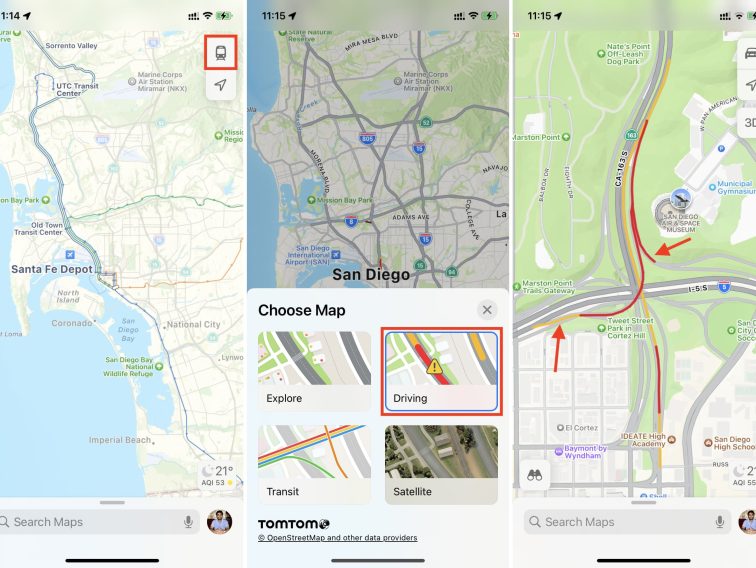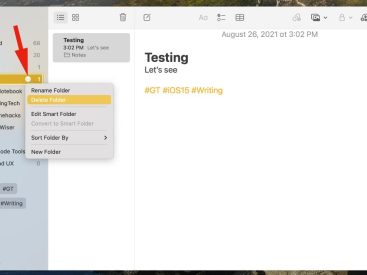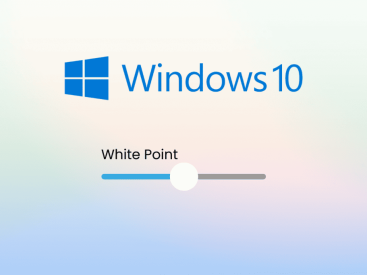Contents
Intro
Ever wondered how does Apple Maps know traffic? You’re not alone! It’s pretty fascinating how this tech-savvy tool gathers real-time data to help us navigate through our daily commutes. In this article, I’m breaking down the key aspects, from the sources of traffic data to the exciting world of algorithms. Grab your favorite Apple product, and let’s get started!
Sources of Traffic Data

User Location Data
User location data is one of the primary sources for Apple Maps. Honestly, it’s like having thousands of little helpers on the road. Each time someone uses Apple Maps, their location data gets collected (in an anonymous way, of course!). This collective information helps Apple paint a real-time picture of traffic conditions.
For instance, when you’re stuck in traffic, chances are you’re not the only one. That slow-moving lane triggers alerts on the map, which can warn other users about conditions ahead. It’s like crowd-sourced traffic reports right in your pocket!
GPS Signals
Did you know that GPS signals also play a massive role? Yep! They provide accurate positioning, crucial for determining your exact location. When the signals are mixed with user data, they yield insight into traffic flow and congestion.
Imagine driving, and your GPS tells you it’s faster to take a different route because of traffic conditions. That’s straight-up thanks to GPS accuracy, which changes the game for navigation apps, including Apple Maps. It’s a win-win situation!
Traffic Sensors
Lastly, let’s chat about traffic sensors. These little gadgets are strategically placed on roads and highways. They monitor traffic conditions and relay that data back to Apple Maps. Whether it’s a traffic jam or a clear road, these sensors help paint a full picture of what’s happening out there.
It’s not uncommon for cities to have traffic cameras that also feed real-time information into navigation services. So, you see? It’s a combination of different sources working together for a smoother journey.
Data Processing Methods
%3Amax_bytes(150000)%3Astrip_icc()%2Fapple-maps-advanced-features-5b5b1d6f46e0fb0082eaf203.jpg&f=1&nofb=1&ipt=0eae84b596a500856d09acb0a9635da249a2daadf73994e12ee044336342d7d9&ipo=images)
Real-time Analytics
So, how does Apple actually process all this juicy traffic data? Enter real-time analytics! Apple uses complex algorithms to analyze incoming data at lightning speed. When data flows in from users and sensors, the algorithms interpret it, updating navigation info almost instantaneously.
For example, if a significant amount of users suddenly slower down, Apple’s backend systems quickly detect this and will update the map to reflect delayed travel times. It’s pretty impressive technology behind the scenes, working tirelessly for us!
Historical Data
Historical data is another superhero in this story. Apple Maps takes advantage of past traffic patterns to help predict future conditions. This means that even before you hit the road, the app can suggest the best times to travel based on data from previous days.
Picture this: You’re planning a trip to grandma’s house every holiday season. Apple Maps knows that traffic is a bear then and can guide you through less congested routes or times. It’s a great blend of data that makes routes more efficient.
Privacy and Data Usage

User Privacy Concerns
While the data collection is super useful, it’s completely normal to have some privacy concerns. Apple is aware of this and positions itself as a leader in user privacy. They collect data anonymously and emphasize that user identity remains protected.
This means your location data is collected in a way that doesn’t track you personally. So, you’re contributing to a collective pool without giving up sensitive info. It’s like being part of a group project while still keeping your personal secrets!
Transparency in Data Usage
Apple is also pretty clear about how they use this data. From their privacy policies to updates about changes, they strive to keep users informed about the breadth of data collection. Not many tech companies put this much effort into transparency, and it’s refreshing to see!
Next time you’re concerned about your location information, just remember that with Apple, you have a say. The control over your data is firmly in your hands, allowing you to navigate with confidence.
Comparison with Other Mapping Services
Google Maps
I can’t talk about Apple Maps without mentioning Google Maps. Both services have their unique strengths, but when it comes to data collection, they do operate differently. For instance, Google also relies on user data, but they may integrate a wider variety of sources.
With more community-driven data, Google Maps can provide实时发布的交通情况 (real-time published traffic information), which some users find valuable. Still, whether you prefer one over the other often comes down to personal choice and what you’re used to. No judgment here—pick what suits you!
Waze
Then there’s Waze! This app thrives off user reports. From accidents to traffic jams, Waze is heavily reliant on its community for live updates. Although Waze offers superb real-time info, it can feel more chaotic than Apple Maps, which prides itself on delivering a cleaner interface.
If you’re someone who likes interacting with a community for up-to-the-minute updates, Waze might be your jam! But, if a sleek design and user-friendliness are more your speed, Apple Maps might be the perfect match.
Conclusion
If you’ve been reading this far, you probably have a better idea of how does Apple Maps know traffic! From user data to real-time analytics, Apple has mastered the art of navigating. I hope this article was informative and engaging for you. Don’t forget to drop your thoughts in the comments or check out more neat content on my website at iphone7price.org!



